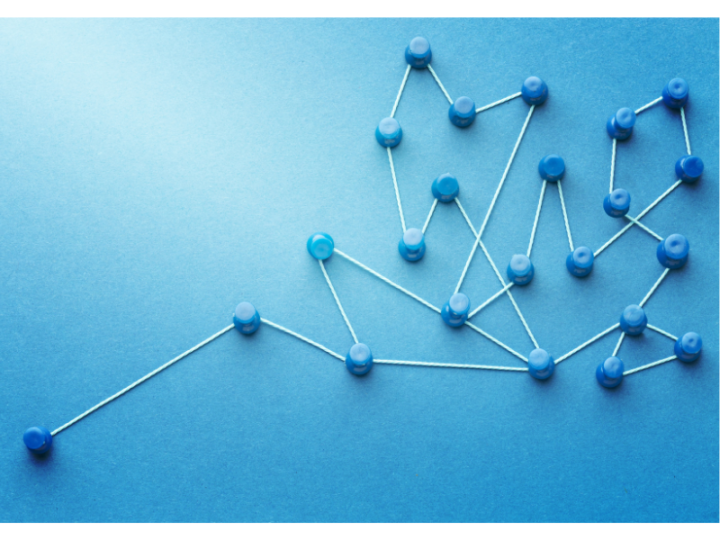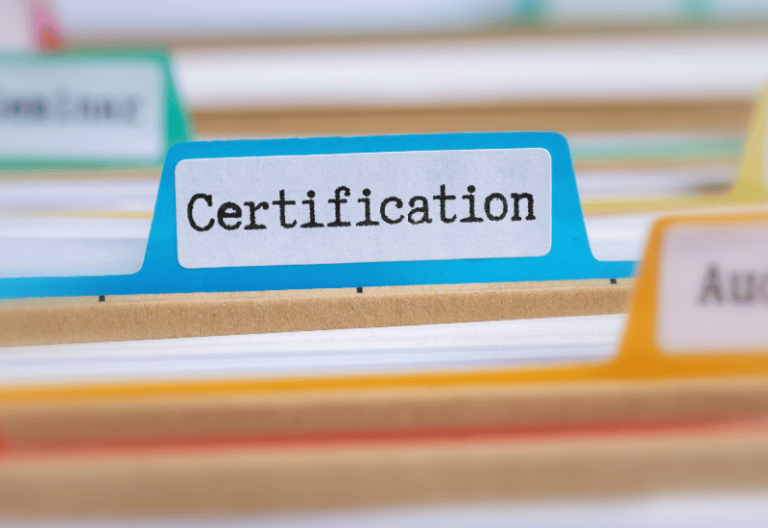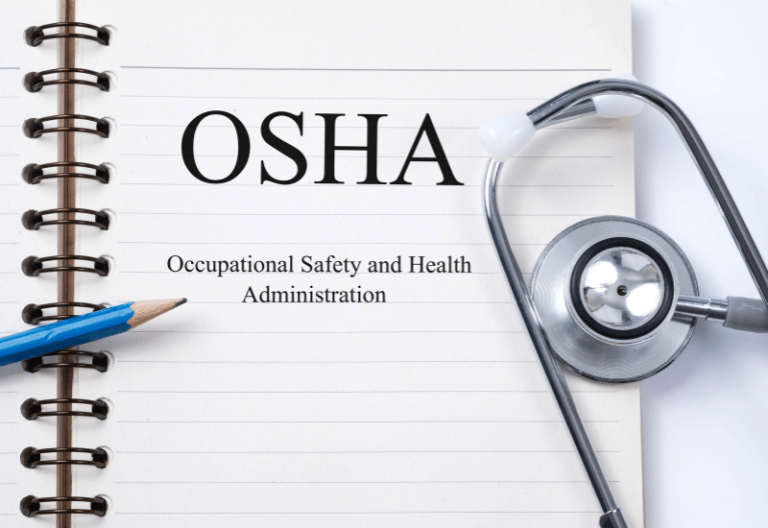Most healthcare providers rely on different systems or software solutions for scheduling, billing, and health information exchange. However, such an approach poses risks, especially when handling large volumes of patient health data. HL7 streamlines this process by implementing standards for interoperability and data exchange.
Read on to learn more about HL7 standards and why your organization should consider this approach for enhanced accuracy and efficiency.
Table of Contents
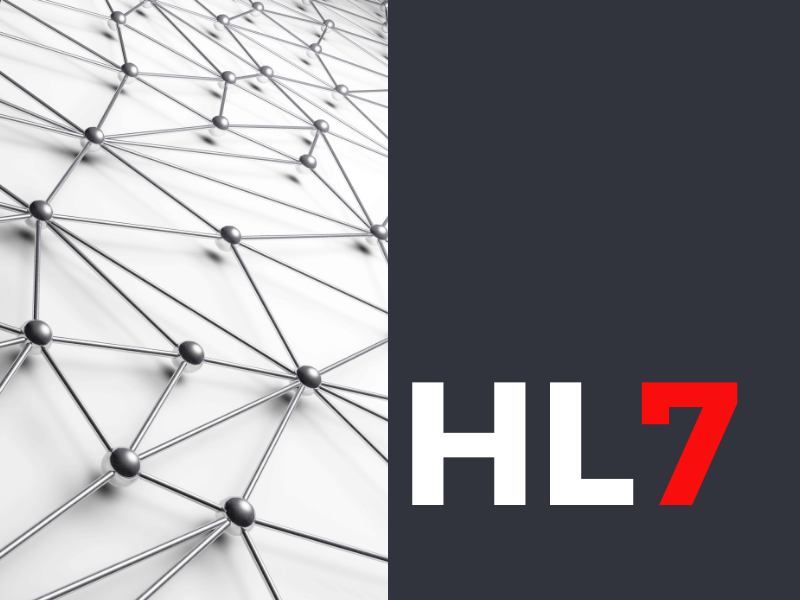
What are HL7 Standards?
HL7 standards are used to improve scalability and flexibility between EHR systems. These standards act as translators to ensure HIPAA compliance while developing Fast Healthcare Interoperability Resources (FHIR) and efficient API adoption for healthcare IT. It also enhances data accuracy and security, which are crucial for promoting better coordination of care.
Adherence to HL7 standards fosters innovation, providing a common framework for developers to build upon. This level of interoperability offers seamless information sharing and enables healthcare entities to address emerging challenges with innovative solutions that can adapt more swiftly to evolving needs.
Types of HL7 Standards
Understanding HL7 standards is crucial to differentiate the uses and benefits of each in the future of healthcare interoperability.
Here are the most commonly used HL7 standards:
Primary standards
In HL7, primary standards are the most prevalent standards that are crucial for system integrations, interoperability, and compliance. These are the most commonly used and in-demand standards within the HL7 framework and include key standards like the Version 2 and Version 3 Messaging Standards, Clinical Document Architecture (CDA), Continuity of Care Document (CCD), and Structured Product Labeling (SPL), among others.
Foundational standards
These pertain to the tools used for crafting and implementing HL7 standards.
Clinical Document Architecture (CDA)
The HL7 Clinical Document Architecture standard is an XML-based markup standard for clinical document encoding, structure, and semantics. CDA standardizes the structure of documents, from discharge summaries to imaging reports.
Clinical and administrative domains
Messaging and document standards under HL7 fall under this section. Once the primary standards are in place, healthcare IT professionals can proceed to implement the clinical and administrative domains.
Implementation guides
These support documents serve as supplemental material for the established HL7 standards.
EHR profiles
Electronic Health Record (EHR) profiles define how specific data elements should be structured and exchanged to achieve interoperability.
Rules and References
These refer to the technical specifications, programming structures, and guidelines for developing the standards and software.
The Impact of HL7 Standards on Data Exchange
HL7 standards cover vast healthcare domains on data exchange, which includes lab orders, test results, and public health reports. With a standardized framework, HL7 can streamline communication between health systems to allow efficient data transmission.
These standards define the content, format, and structure of the information transmitted across systems. As a result, healthcare providers can access accurate, complete, and identifiable patient data. When properly adhered to, these standards can ensure consistency and accuracy when syncing information like patient demographics and medical history.
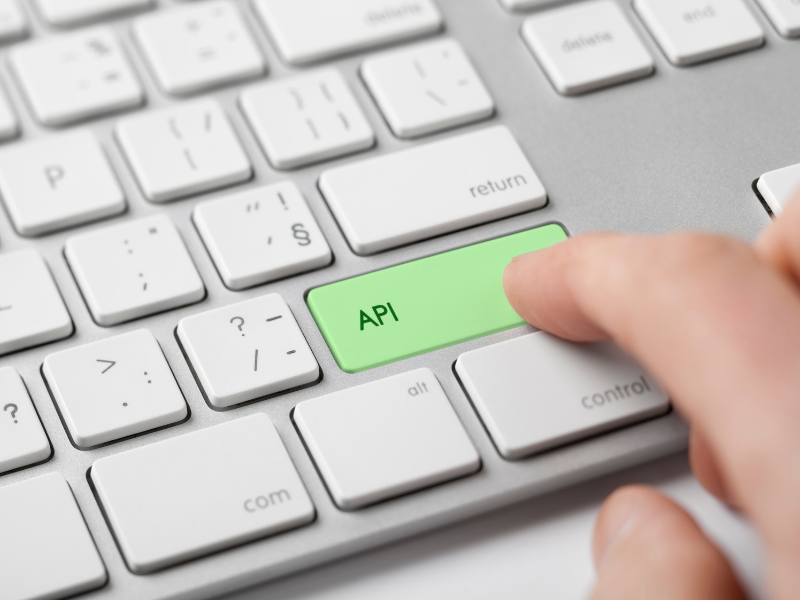
Future Outlook For HL7 Standards In Healthcare Interoperability
Some emerging trends in HL7 usage involve the rise of APIs and the growing adoption of FHIR. These trends suggest that the future outlook for HL7 standards in healthcare has great potential to improve data security and patient privacy.
Growing FHIR adoption
With ease of implementation, FHIR continues to evolve as organizations look for innovative solutions to enhance healthcare data exchange. Furthermore, the growing adoption of FHIR further improves the previous HL7 standards by making the platform more compatible with third-party apps.
Rise of APIs in healthcare data exchange
The rise of APIs (Application Programming Interfaces) will continue to support seamless data exchange between healthcare apps and systems. This enables third-party apps to interact with one another more efficiently and securely. Moreover, the increased utilization of RESTful APIs can help healthcare organizations deploy innovative solutions.
Increased focus on data security and patient privacy
Due to the growing threat of cyberattacks and data breaches, HL7 standards will continue to improve in a way that FHIR incorporates enhanced security measures and privacy controls. This further allows healthcare organizations to protect their confidential data during the data exchange.
Improve Patient Care With HL7 Standards
Medical providers can refer to the set of HL7 standards to create uniform data on patient information. Instead of looking at an entire health record, HL7 standards can make data more available to healthcare providers whenever necessary, such as when deciding the most suitable patient treatment.
More importantly, HL7 standards can streamline administrative processes and support clinical decision-making. By keeping up with the growing demands of patient care, these standards can further advance technologies to help providers deliver better healthcare outcomes.




